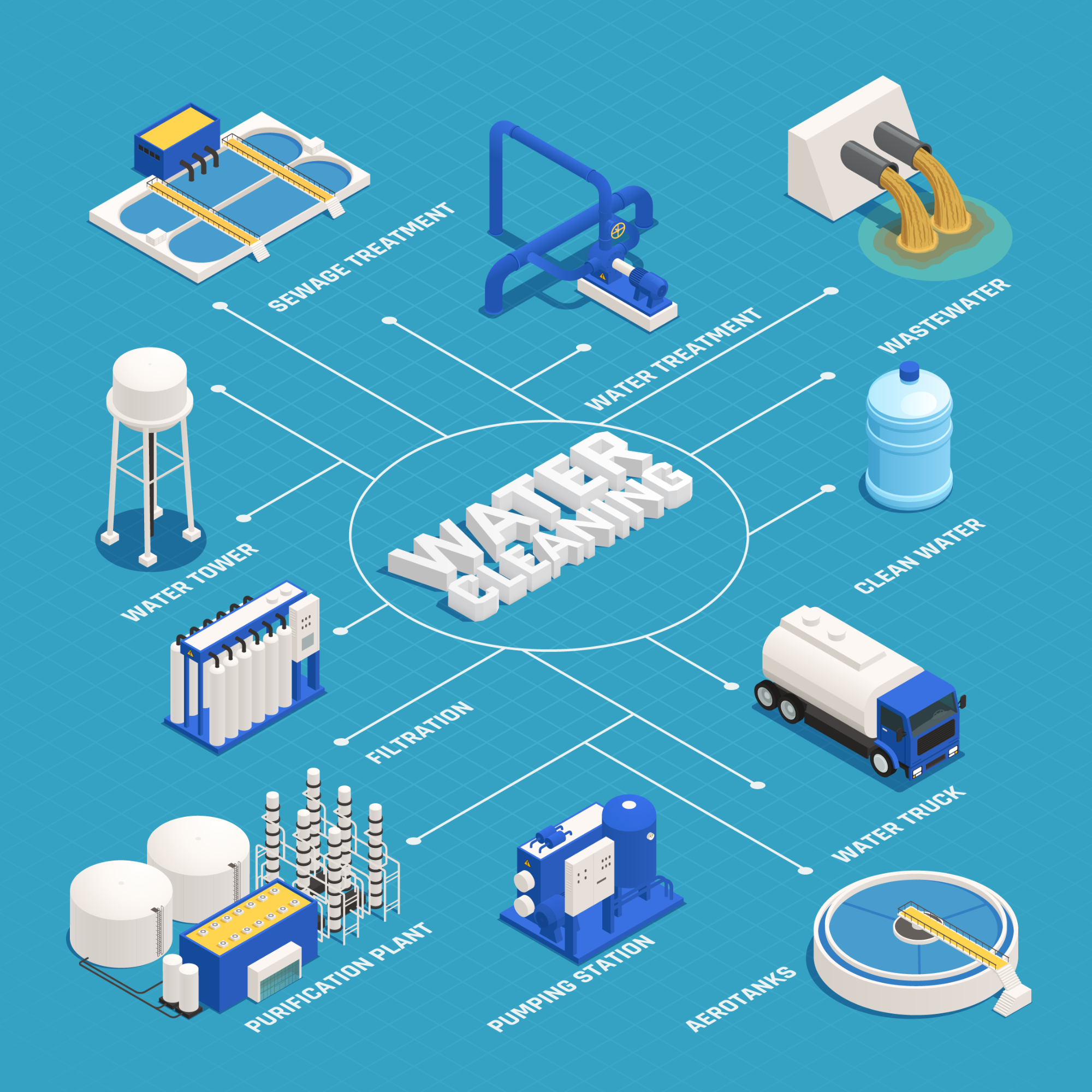You may have never thought about the journey that water takes to get your kitchen tap, but it is longer and more complicated than you probably think. Before it arrives in your home, it doesn’t just pass through one pipeline from the water source; your household water goes on quite an adventure.
Water’s Journey
There are many processes and changes of location that your water endures before it reaches your household plumbing. In Sydney, for example, once your water enters the distribution system it then travels through up to 21,000 kilometres of aged pipelines. It then journeys to one of 152 pumping stations, and then to one of 255 water service reservoirs. This system services the 13 water distribution systems covering the city of Sydney and its surrounding towns and suburbs. These considerable distances and various types of pipes and locations have the potential to place your water in direct contact with a number of substances that can contaminate your daily drinking water and potentially affect your health.


Next Stop: Water Treatment
Along with the distances that your water has to travel, it is also treated in a variety of different ways to ensure that all household water meets the standards outlined within the Australian Drinking Water Guidelines. These guidelines require the water to be pure enough for human consumption when it leaves the water treatment plant, without the risk of any adverse short-term or long-term health effects. However, some of these treatments include the use of disinfectants to kill most bacteria, sand filters to capture particles, and harsh chemicals such as chlorine to control algae and other biological growth. Although these methods are effective in removing most unwanted contaminants from our water, the addition of chemicals can affect the taste and smell of our water.
Water: The Universal Solvent
Ready for a quick science lesson? Water is known as the universal solvent, which means that it dissolves more substances than any other chemical. This has to do with its molecule makeup, or ‘polarity’, where the hydrogen component of each water molecule carries a slightly positive electric charge and the oxygen component carries a slightly negative electric charge. Because of this polarity, water is able to separate the compounds of neighbouring molecules and create bonds with these compounds, essentially dissolving portions of whatever material it comes into contact with – including the kilometres of pipes and waterways your water travels through after it is treated. Water also doesn’t choose whether it dissolves and carries ‘good’ or ‘bad’ elements when it flows through these waterways and piping of our water distribution systems and into your drinking water. Some of these elements that can be present in your drinking water can include copper, lead, mercury, chlorine, and parasitic cysts. All of these contaminants adversely affect the taste and odour of your water and can have negative effects on your family’s health and wellbeing.
The Solution?


There is, however, a simple and cost-effective way to protect your family from these potentially harmful contaminants that can be present in your everyday water supply. By installing an activated carbon water filter to your household plumbing system, or by simply installing or replacing the water filter cartridge in your refrigerator, you can ensure that your family is consuming safe, clean, and pure water in your home.
At Fridge Filters Australia not only do we stock replacement fridge filter cartridges for your refrigerator’s water and ice system, we also stock an extensive range of water filter solutions to suit your shower, your whole house, and your under-sink filtration system. We also have an automated renewal option which sends you a new filter (or filters) every 6-12 months, depending on your personal requirements. If you would like to know more about this convenient program please send us an email at [email protected] and one of our dedicated team members will contact you to provide you with more information.

